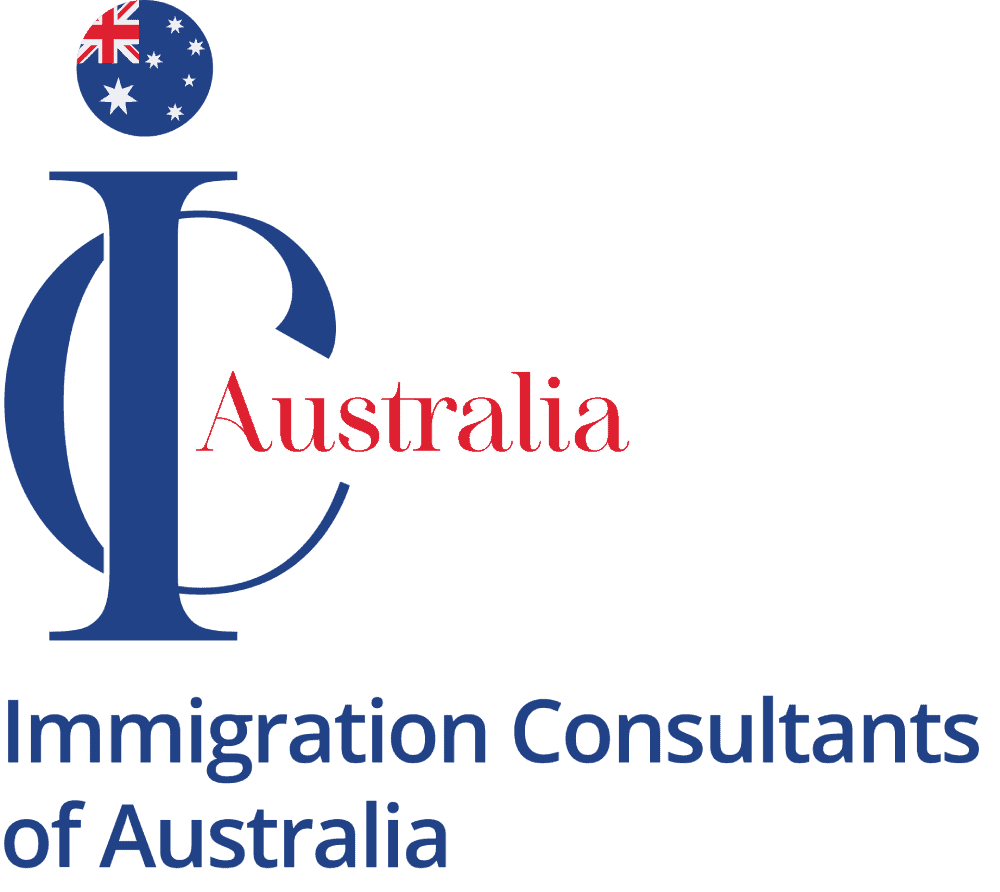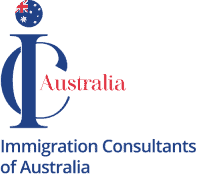Planning a visit to the Land Down Under to spend quality time with your children? Navigating Australia’s visa application process can be a daunting task, but fret not! This ultimate guide to Australia visa for parents will unlock the doors to an unforgettable family reunion.
Whether you’re exploring the bustling city life of Sydney, immersing yourself in the natural beauty of the Great Barrier Reef, or embarking on an epic road trip along the Great Ocean Road, ensuring the smooth entry of your parents is essential.
In this comprehensive guide, we’ll walk you through the different visa options available for parents, providing you with the knowledge to make informed decisions. From the visa requirements and application process to tips for successful approvals, we’ve got you covered.
Discover the eligibility criteria, financial obligations, and necessary documentation to secure an Australia visa for your parents. We’ll also shed light on the benefits of each visa type, helping you select the most suitable option for your family.
Don’t let visa formalities stand in the way of your family’s dream vacation to Australia. Get ready to embark on an extraordinary journey with your parents, creating memories that will last a lifetime.
Types of visas available for parents
When it comes to bringing your parents to Australia, there are various visa options to choose from. Each visa has its own set of requirements and benefits. Let’s explore the most common types of visas available for parents.
Contributory Parent Visa (subclass 143)
The Contributory Parent Visa (subclass 143) is a permanent visa that allows parents to live in Australia with their children who are Australian citizens, permanent residents, or eligible New Zealand citizens. This visa requires a higher application fee and a larger financial commitment, but it offers the advantage of a shorter processing time compared to other parent visas.
To be eligible for the Contributory Parent Visa, parents must meet the age requirement, pass the balance of family test, have an eligible sponsor, and meet health and character requirements. The sponsor must be an Australian citizen, permanent resident, or eligible New Zealand citizen who is at least 18 years old.
Parent Visa (subclass 103)
The Parent Visa (subclass 103) is another option for parents who wish to migrate to Australia to be with their children. This visa is also a permanent visa, but it has a longer processing time compared to the Contributory Parent Visa.
To be eligible for the Parent Visa, parents must meet the age requirement, pass the balance of family test, have an eligible sponsor, and meet health and character requirements. The sponsor must be an Australian citizen, permanent resident, or eligible New Zealand citizen who is at least 18 years old.
Temporary Parent Visa (subclass 870)
The Temporary Parent Visa (subclass 870) is a new visa option introduced in 2019. This visa allows parents to stay in Australia for a longer period, up to 5 or 10 years, without needing to depart from the country. It offers more flexibility compared to other parent visas as it does not require a sponsorship or balance of family test.
To be eligible for the Temporary Parent Visa, parents must meet the age requirement, have a genuine intention to visit their children in Australia, and meet health and character requirements. This visa also requires the purchase of a health insurance policy to cover any potential healthcare costs during the stay in Australia.
Eligibility criteria for Australia visa for parents
Before applying for an Australia visa for your parents, it’s important to understand the eligibility criteria. Meeting these criteria is crucial for a successful visa application. Let’s explore the main eligibility requirements for Australia visa for parents.
Age requirement
For most parent visas, there is no specific age limit for parents. However, they must meet the age requirement set by the visa subclass. It’s important to check the age requirements for the specific visa you are applying for.
Balance of family test
The balance of family test is a key requirement for parent visas. It ensures that the majority of the applicant’s children are living in Australia or are Australian citizens, permanent residents, or eligible New Zealand citizens. To pass the balance of family test, at least half of the applicant’s children must meet these criteria.
Health and character requirements
All visa applicants, including parents, must meet certain health and character requirements. This involves undergoing a medical examination and obtaining a character clearance certificate. These requirements are in place to protect the health and safety of Australian citizens and residents.
Financial obligations
Parent visas often require a financial commitment from the applicants. This includes paying the application fee, meeting the income threshold, and providing evidence of financial capacity to support themselves in Australia. The specific financial obligations vary depending on the visa subclass.
Step-by-step application process
Applying for an Australia visa for parents involves a series of steps. Understanding the application process is crucial to ensure a smooth and successful visa application. Let’s walk through the step-by-step process for applying for an Australia visa for parents.
Gather necessary documentation
Before starting the visa application, gather all the necessary documents. This may include passports, birth certificates, marriage certificates, proof of relationship with the sponsor, financial documents, and health and character clearance certificates. Make sure all documents are valid and meet the requirements specified by the visa subclass.
Complete the application form
The next step is to complete the visa application form. This can be done online through the Department of Home Affairs website. Provide accurate and truthful information in the application form. Double-check all the details before submitting the form.
Pay the application fee
Once the application form is completed, pay the required application fee. The fee amount varies depending on the visa subclass. Make sure to keep a record of the payment receipt for future reference.
Submit the application
After payment, submit the visa application online. Ensure that all the required documents are attached to the application. Review the application one last time before submission to avoid any errors or omissions.
Wait for the visa outcome
Once the application is submitted, it will be processed by the Department of Home Affairs. The processing time varies depending on the visa subclass and other factors such as the volume of applications. It’s important to be patient and avoid making any travel arrangements until the visa outcome is known.
Receive the visa grant
If the visa application is approved, you will receive a visa grant notification. This will include details of the visa, such as the validity period and conditions. Make sure to read and understand the visa conditions before traveling to Australia.
Required documents for Australia visa for parents
To support your Australia visa application for parents, you will need to provide various documents. These documents serve as evidence of your eligibility and help the Department of Home Affairs assess your application. Let’s take a look at the commonly required documents for Australia visa for parents.
Passport
A valid passport is a basic requirement for any visa application. Make sure your passport has at least six months of validity remaining from the date of entry to Australia.
Birth certificates
Provide birth certificates for both the applicant and the sponsor (child). These certificates are used to establish the relationship between the parent and the child.
Marriage certificates
If the applicant is married, provide a marriage certificate to establish the marital status. This is required for spouse-related visa subclasses.
Proof of relationship
To prove the relationship between the parent and the child, provide evidence such as family photographs, family tree, or any other relevant documents that demonstrate a genuine and ongoing relationship.
Financial documents
Depending on the visa subclass, you may need to provide financial documents to demonstrate your financial capacity to support yourself in Australia. This may include bank statements, tax returns, and employment records.
Health and character clearance certificates
Undergo a medical examination and obtain a health clearance certificate from an approved panel physician. Additionally, obtain a character clearance certificate from your home country or any other country you have resided in for more than 12 months in the last 10 years.
Processing times and fees
The processing time and fees for Australia visa for parents vary depending on the visa subclass and other factors such as the volume of applications. It’s important to be aware of the estimated processing times and the associated fees before applying for a visa. Let’s explore the processing times and fees for the common parent visa subclasses.
Contributory Parent Visa
The processing time for the Contributory Parent Visa (subclass 143) is generally shorter compared to other parent visas. It can vary from 18 to 24 months. The application fee for this visa is significantly higher compared to other parent visas, currently costing AUD 4,155.
Parent Visa
The Parent Visa (subclass 103) has a longer processing time compared to the Contributory Parent Visa. It can take up to 30 years for this visa to be processed. The application fee for this visa is lower compared to the Contributory Parent Visa, currently costing AUD 4,155.
Temporary Parent Visa
The Temporary Parent Visa (subclass 870) has a shorter processing time compared to the Parent Visa. It can take approximately 2 to 4 weeks for this visa to be processed. The application fee for this visa varies depending on the duration of stay, ranging from AUD 5,000 for a 3-year visa to AUD 10,000 for a 5-year visa.
Benefits of Australia visa for parents
Securing an Australia visa for your parents opens up a world of benefits and opportunities. Let’s explore the advantages of bringing your parents to Australia with the appropriate visa.
Family reunification
Bringing your parents to Australia allows for precious family reunification. You can spend quality time together, create lasting memories, and strengthen your bond. Being physically present with your parents provides an irreplaceable support system and a sense of belonging.
Cultural exchange
Australia is a culturally diverse country with a rich heritage. By bringing your parents to Australia, they can experience the vibrant Australian culture, traditions, and way of life. This cultural exchange can be enriching for both the parents and the Australian-born children.
Healthcare access
Australia has a world-class healthcare system. By securing an Australia visa for your parents, they can have access to quality healthcare services. This ensures their well-being and peace of mind during their stay in Australia.
Travel opportunities
Australia offers a plethora of travel opportunities for both locals and visitors. By bringing your parents to Australia, they can explore the country’s stunning landscapes, iconic landmarks, and unique wildlife. From the breathtaking beauty of the Great Barrier Reef to the awe-inspiring Uluru, there is something for everyone.
Tips for a successful visa application
To increase the chances of a successful Australia visa application for parents, consider the following tips:
Start the application process early
Visa applications can take time, so it’s important to start the process early. This allows for ample time to gather the necessary documents, complete the application form accurately, and address any potential issues that may arise.
Seek professional assistance
Navigating the visa application process can be complex, especially if you’re unfamiliar with the requirements. Consider seeking assistance from Australian immigration consultants. We can provide guidance and ensure that your application is complete and meets all the necessary requirements.
Provide strong evidence
When submitting your visa application, provide strong and compelling evidence to support your claims. This can include photographs, letters, financial documents, and any other relevant documents that demonstrate the genuineness of your relationship with your parents.
Be truthful and accurate
It’s important to provide accurate and truthful information in your visa application. Any inconsistencies or false information can lead to delays or even visa refusals. Double-check all the information before submitting the application to avoid any errors.
Keep copies of all documents
Make copies of all the documents you submit with your visa application. This includes the application form, supporting documents, payment receipts, and any correspondence with the Department of Home Affairs. These copies serve as a reference and can be useful in case any issues arise during the application process.
Frequently asked questions about Australia visa for parents
Can I apply for an Australia visa for my parents if I am not an Australian citizen?
Yes, you can apply for an Australia visa for your parents even if you are not an Australian citizen. However, you must be an Australian permanent resident or an eligible New Zealand citizen to sponsor your parents.
Can my parents work in Australia on a parent visa?
Parent visas in Australia are primarily for family reunification purposes and do not grant work rights. If your parents wish to work in Australia, they will need to explore other visa options that allow work rights, such as employer-sponsored visas or skilled migration visas.
Can I apply for an Australia visa for my parents if I have siblings in Australia?
Yes, having siblings in Australia can be advantageous for the visa application. If you can demonstrate that the majority of your siblings are living in Australia or are Australian citizens, permanent residents, or eligible New Zealand citizens, it can help meet the balance of family test.
Can I apply for an Australia visa for my parents if they have pre-existing health conditions?
Having pre-existing health conditions does not automatically disqualify your parents from obtaining an Australia visa. However, they may be required to undergo additional medical examinations and provide further documentation to assess their health condition and potential impact on the healthcare system in Australia.
Can my parents apply for an Australia visa if they have previously been refused a visa?
Previous visa refusals do not necessarily mean that your parents will be ineligible for an Australia visa. However, it’s important to address the reasons for the previous refusals and provide strong evidence to demonstrate that the circumstances have changed or improved since the previous application.
Conclusion and final thoughts
Bringing your parents to Australia to spend quality time with your family is a dream that can become a reality with the right visa. This ultimate guide has provided you with valuable insights into the different visa options available for parents, the eligibility criteria, application process, required documents, and tips for a successful application.
Remember to start the application process early, provide strong evidence, and be truthful and accurate in your application. Additionally, seek professional from ICAustralia! We simplify the application process and increase your chances of success. Additionally, we guarantee a smooth and successful immigration experience to Australia by crafting a personalized immigration plan that aligns with your unique profile and aspirations. As well, we offer comprehensive assistance and guidance from a regulated MARA agent and manage the application submission process on your behalf.
Start your Australian dream by contacting ICAustralia today!


